
Key Elements of Personalized Learning
- Subject:
- Education
- Material Type:
- Activity/Lab
- Reading
- Provider:
- AEA
- Provider Set:
- OLLIE
- Author:
- Evan Abbey
- Date Added:
- 12/03/2018

Key Elements of Personalized Learning
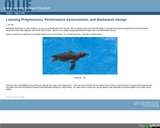
Learning Progressions and Performance Assessment
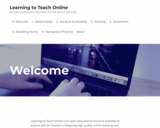
"Learning to Teach Online" is an open educational resource available to anyone with an interest in designing high quality online teaching and learning experiences for K-12 students. It is a self-paced course, designed to meet the needs of preservice teachers in Ontario, Canada and particularly those enrolled in the Bachelor of Education program at the University of Ottawa Faculty of Education. The course is composed of six modules (Relationships, Equity & Accessibility, Planning, Assessment, Modelling Norms, and Standards of Practice). Each module is designed around a central theme, practice, or idea. Generally, each module takes about two hours to complete. Estimated reading, reflection and practice times are provided at the start of modules 1-6.
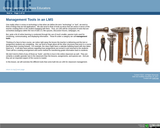
Management Tools for Online Learning
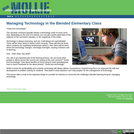
Managing Technology in the Blended Elementary Class

Managing Your Time as a Virtual Instructor
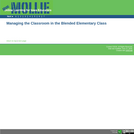
Managing the Classroom in the Blended Elementary Class
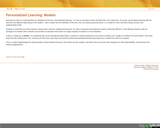
Models of Personalized Learning

Narrative Structure and Style
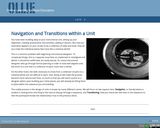
Navigation and Transitions in Online Units

The Faculty Quick Start Guide is an outcome of a project by ISKME, supported by a grant from the Michelson 20MM Foundation, to conduct a study and develop a set of resources to accelerate OER use for distance education, especially the urgent shift to remote learning during the pandemic in 2020. The Guide, created in collaboration with a selection of OER and online education champions across California community colleges (CCC), contains:
- Models and approaches to online learning, and to emergency remote learning in the context of COVID-19;
- How and to what extent OER fits into these models, and local and state-level supports needed for its integration and sustainability;
- Design considerations for integrating OER in online learning, including pedagogical and platform considerations;
- Curatorial practices, such as using OER curation tools and aligning curated OER to learning outcomes; and,
- Starting points and tips for colleges and faculty who want to initiate OER integration into distance education.
Tailored to faculty and campus administrators both in California and beyond, the Guide has the aim is to enable system-wide shifts to meet postsecondary institutions’ long term goals for distance learning, and faculty’s emergency plans for remote learning in response to the COVID-19 and potential future crises.
The Guide is also available as a PDF for download: https://drive.google.com/file/d/17AXs30dZeLOrGeNBQ-ISc_OJXIxE9xtB/view?usp=sharing.
See the companion guide for administrators at: https://www.oercommons.org/courses/iskme-michelson-20mm-oer-campus-administrator-quick-start-guide-public/edit
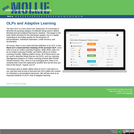
OLPs and Adaptive Learning
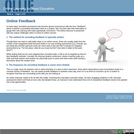
Online Feedback
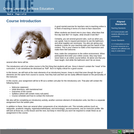
Online Learning: The Welcome and Introductory Unit
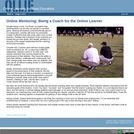
Online Mentoring: Becoming a Coach for the Online Learner
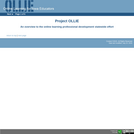
Overview of Project OLLIE
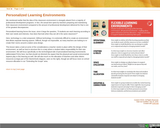
Personalized Learning Environment
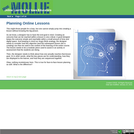
Planning Online Lessons
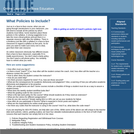
Policies and Expectations